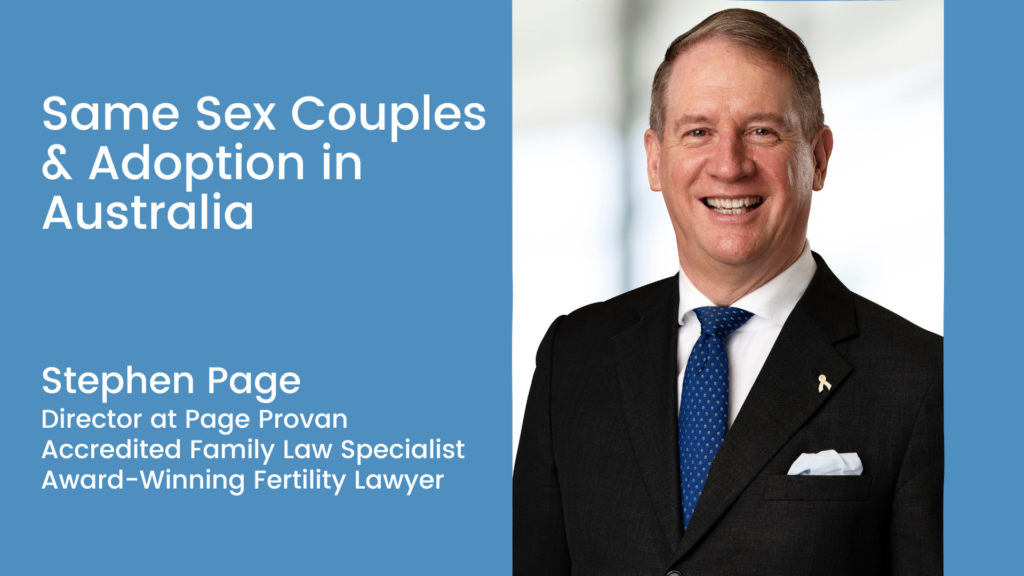Defining domestic and family violence: Bryce report
Domestic violence, also called intimate partner violence, occurs in a variety of forms including physical, emotional, and economic violence within any type of relationship against any person.
Domestic violence presents a unique definition challenge, as it encompasses a broad range of behaviours. Domestic violence can occur within any form of relationship, towards any person, at any time, regardless of personal, cultural, or economic standing.
In Queensland, the Domestic and Family Violence Protection Act 2012 (the Act) provides the legal instrument to respond to domestic and family violence. The Act covers:
- » People who are in a relevant relationship, which includes intimate personal relationships (married and de facto spouses, parents of a child, engaged and couple relationships, including same sex couples)
- » Family relationships (adult relatives by blood or marriage, including extended or kinship relationships where a person is regarded as a relative)
- » Informal care relationships (where the carer is unpaid).
The Act defines the conduct of domestic violence as including physical, sexual, emotional, psychological, and economic abuse or any other threatening, coercive, or controlling behaviour which causes the victim to fear for their safety or wellbeing or that of someone else. Examples of this type of behaviour include:
- » Causing physical injury
- » Threatening physical injury or death whether towards the primary victim or others,
including pets - » Coercing or forcing the victim to engage in sexual activity or attempting to do so
- » Threatening to, or depriving a person of, their liberty
- » Damaging a person’s property or threatening to do so
- » The perpetrator threatening to self-harm or suicide for the purpose of tormenting, intimidating or frightening the person to whom the behaviour is directed
- » Conducting unauthorised surveillance of the victim (may include following or tracking the victim, monitoring telephone calls, text messages or email) or unlawfully stalking the victim
- » Controlling or withholding the family assets and income which denies the victim economic or financial autonomy or the ability to pay the reasonable living expenses for the family
- » Tormenting, intimidating or harassing the victim (may include repeatedly following or contacting the victim without consent, derogatory taunts, withholding medication, disclosing the victim’s sexual orientation without consent).
- » Parties are in, or have been in, an intimate partner relationship
- » There is an ongoing pattern of behaviour rather than a “one-off” or situational event
- » The purpose of the violence is for one person in the relationship to maintain power and control over the other person
- » It creates fear
- » A range of tactics are employed
- » Behaviour can be both criminal and non-criminal.
“Quiz me about where I was going and what I was doing. Send 20- 40 text messages to me while he was at work. He even put the “Find my iPhone” App on my phone so he could track my every move… He plays mind games and manipulates me to a point where I think I am going crazy.”
from a contributor to the Taskforce
Intimate partner sexual violence presents a specific form of domestic abuse which occurs between two individuals in an intimate partner relationship. Intimate partner sexual violence is not limited to male and female intimate partner relationships and is evident across the spectrum of intimate relationships. It can be defined as unwanted sexual contact or activity by an intimate partner for the purpose of controlling an individual through fear, threats, or violence. Intimate partner sexual violence includes comparable behaviours to domestic violence and can be a component of physical domestic violence or a stand-alone offence.
The consequences for victims of intimate partner sexual violence require a different understanding than victims of physical domestic violence and/or sexual assault. The trauma experienced by intimate partner sexual violence victims may present a more complex range of issues than traditional sexual assault due to a combination of both sexual and domestic violence elements.14 Issues unique to intimate partner sexual violence victims include:
- » Longer-lasting trauma: Research reveals that the trauma can be longer lasting. Significant reasons for this are a lack of recognition and an inability to share the pain15
- » Higher levels of physical injury: If we accept that generally most rapes are not physically violent, those that do involve injury are likely to be partner rapes16
- » The incidence of multiple rape: Although intimate partner sexual violence can be a one off, survivors of intimate partner sexual violence suffer the highest frequency of multiple rapes17
- » Difficulty defining the act/s as sexual assault: Society is socialized to see rape as involving non-consensual sex between two strangers. Additionally, there may be reluctance to define a partner as a “rapist.”18
Defining domestic and family violence has significant implications for how the criminal justice system, including police and courts, the human services sector, and the broader community recognise, understand, and respond to this very serious and complex social issue. While any act of violence is unacceptable, giving the term too broad an application risks diminishing the insidiousness of the conduct.
Commonly held understandings of domestic and family violence often assume acts of physical violence within a relationship and in the home; however domestic and family violence is much more complex. In an abusive relationship, the victim may be subject to one or more forms of violence or corrective control which may be it physical, sexual or non-physical.
Non-physical forms of domestic and family violence include verbal abuse, social isolation, economic abuse, psychological abuse, and even use of spiritual or cultural beliefs to justify violent or abusive behaviour or to force victims into subordinate roles. The central element of the behaviour is that it involves an ongoing pattern aimed at controlling the subject of the violence through fear, and use by the perpetrator of a range of tactics to exercise power and control.











